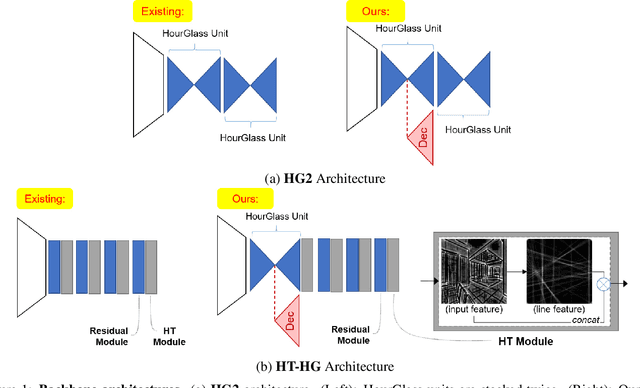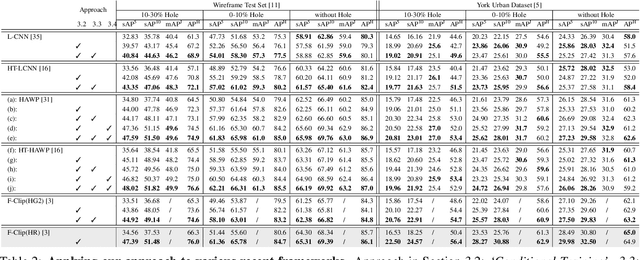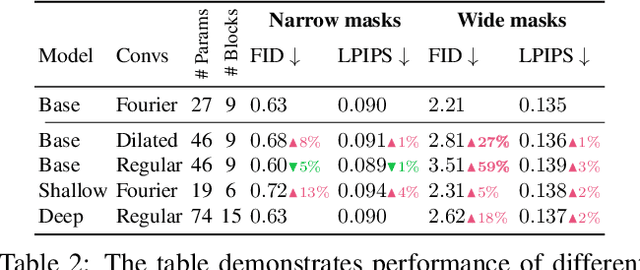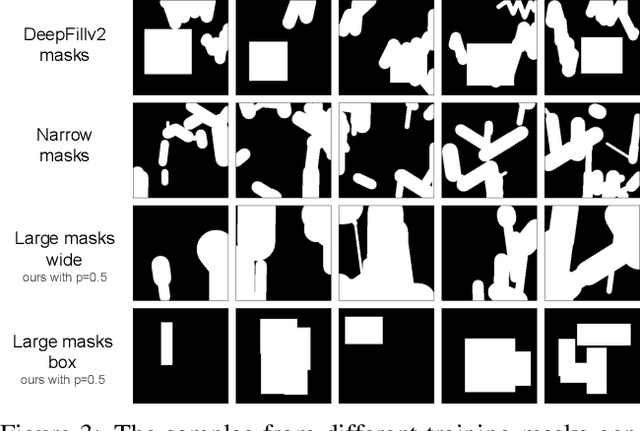Naejin Kong
Hole-robust Wireframe Detection
Nov 30, 2021



Abstract:"Wireframe" is a line segment based representation designed to well capture large-scale visual properties of regular, structural shaped man-made scenes surrounding us. Unlike the wireframes, conventional edges or line segments focus on all visible edges and lines without particularly distinguishing which of them are more salient to man-made structural information. Existing wireframe detection models rely on supervising the annotated data but do not explicitly pay attention to understand how to compose the structural shapes of the scene. In addition, we often face that many foreground objects occluding the background scene interfere with proper inference of the full scene structure behind them. To resolve these problems, we first time in the field, propose new conditional data generation and training that help the model understand how to ignore occlusion indicated by holes, such as foreground object regions masked out on the image. In addition, we first time combine GAN in the model to let the model better predict underlying scene structure even beyond large holes. We also introduce pseudo labeling to further enlarge the model capacity to overcome small-scale labeled data. We show qualitatively and quantitatively that our approach significantly outperforms previous works unable to handle holes, as well as improves ordinary detection without holes given.
Resolution-robust Large Mask Inpainting with Fourier Convolutions
Sep 15, 2021



Abstract:Modern image inpainting systems, despite the significant progress, often struggle with large missing areas, complex geometric structures, and high-resolution images. We find that one of the main reasons for that is the lack of an effective receptive field in both the inpainting network and the loss function. To alleviate this issue, we propose a new method called large mask inpainting (LaMa). LaMa is based on i) a new inpainting network architecture that uses fast Fourier convolutions, which have the image-wide receptive field; ii) a high receptive field perceptual loss; and iii) large training masks, which unlocks the potential of the first two components. Our inpainting network improves the state-of-the-art across a range of datasets and achieves excellent performance even in challenging scenarios, e.g. completion of periodic structures. Our model generalizes surprisingly well to resolutions that are higher than those seen at train time, and achieves this at lower parameter&compute costs than the competitive baselines. The code is available at https://github.com/saic-mdal/lama.
 Add to Chrome
Add to Chrome Add to Firefox
Add to Firefox Add to Edge
Add to Edge